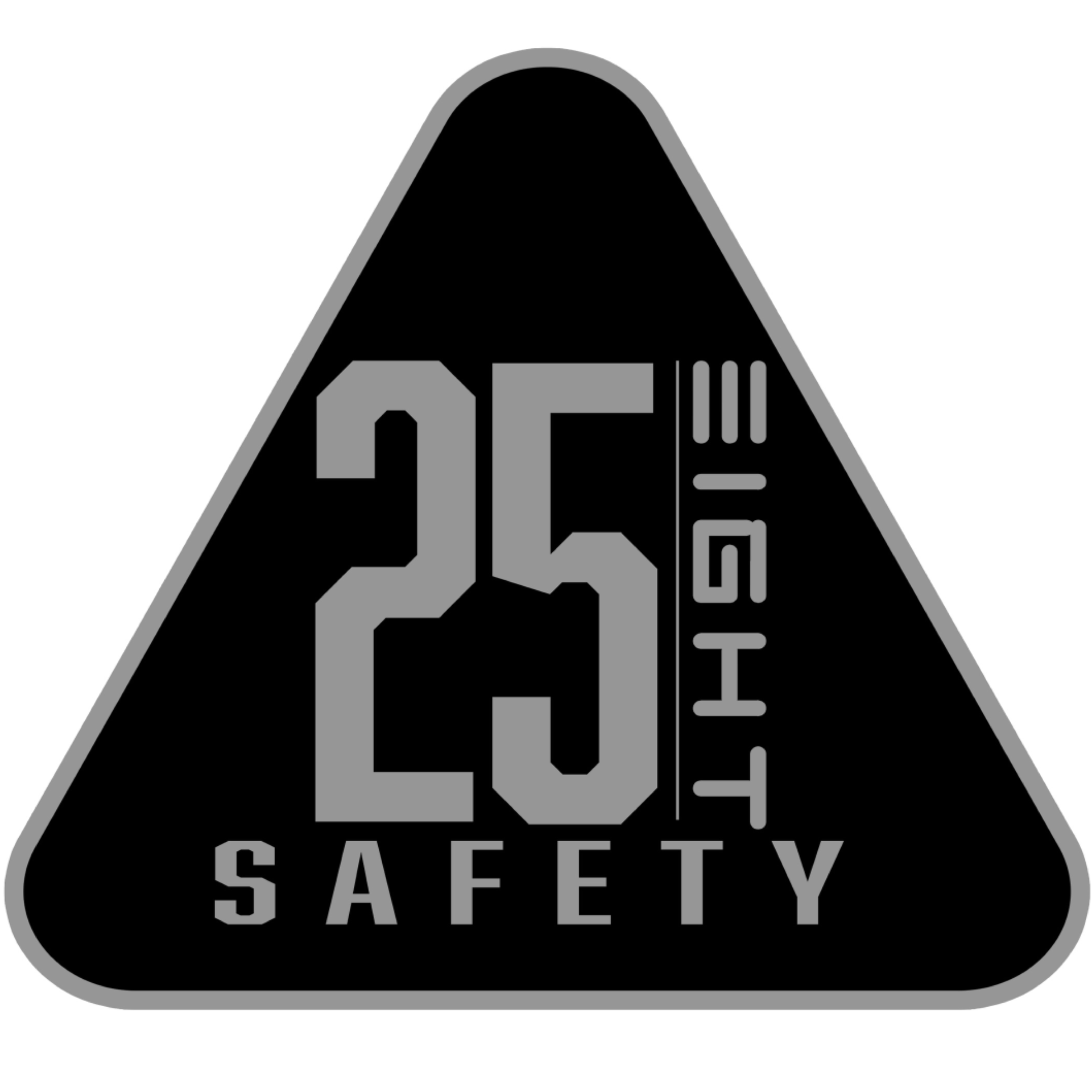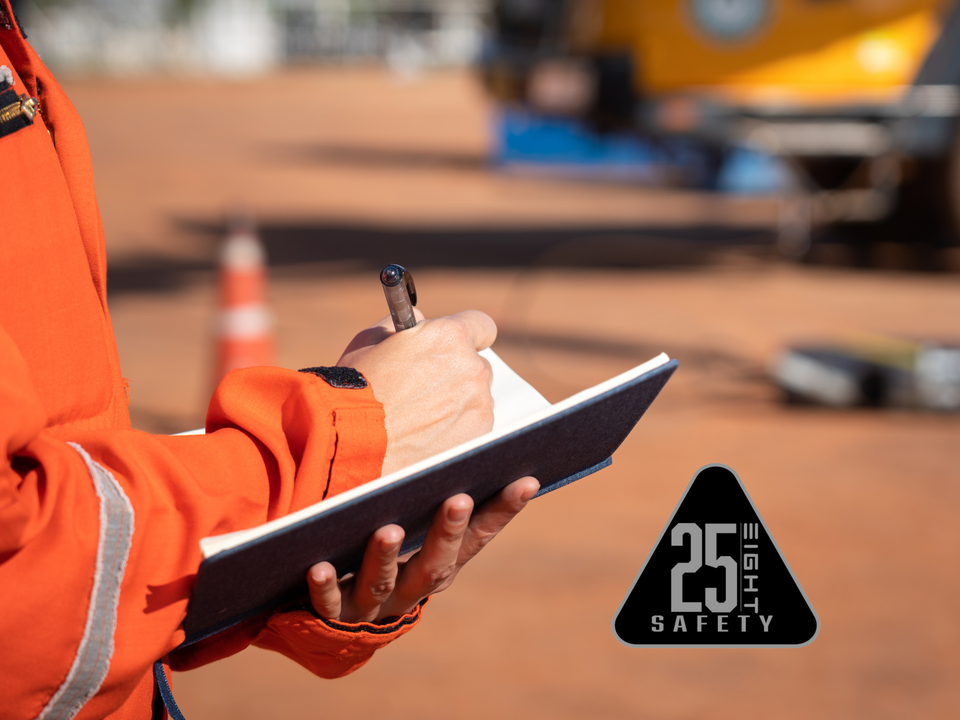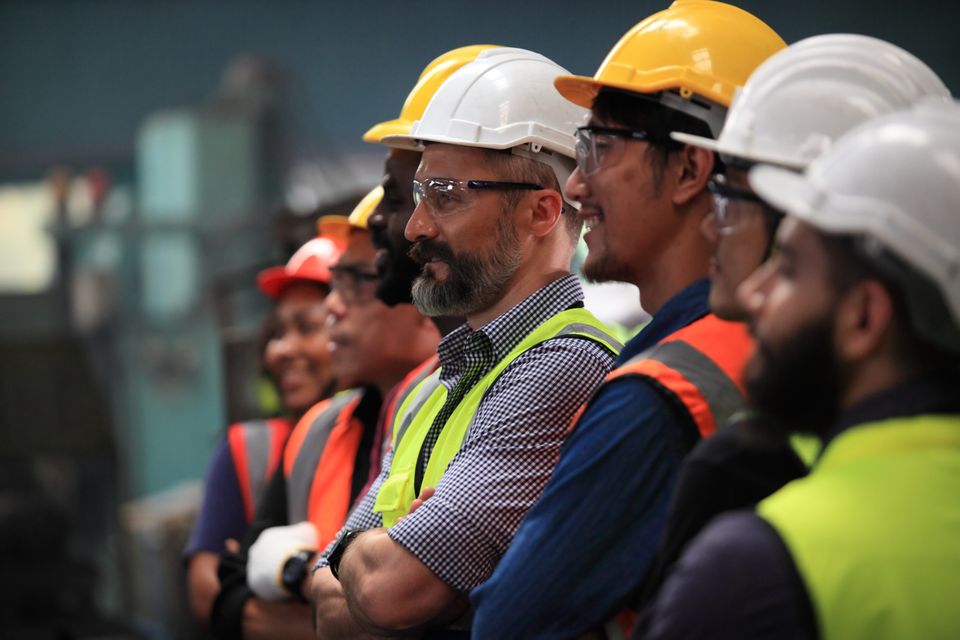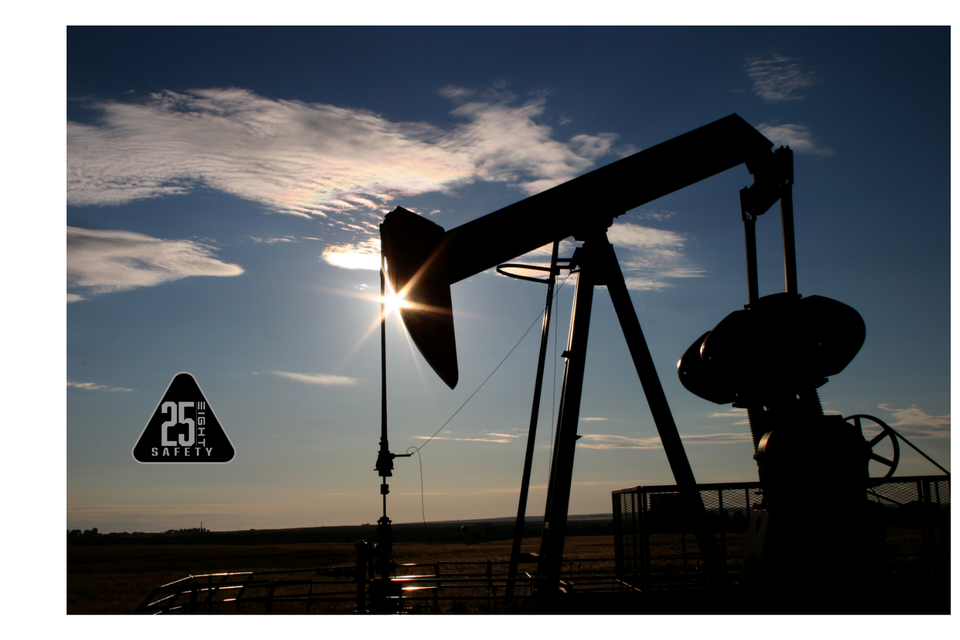
What is a Safety Audit? Why Does It Matter?
A safety audit is a systematic examination of workplace operations, equipment, and procedures to ensure compliance with safety standards and identify potential risks. In the oil and gas industry—a sector fraught with flammable substances, high-pressure systems, and complex machinery—safety audits are not just recommended; they are essential.




